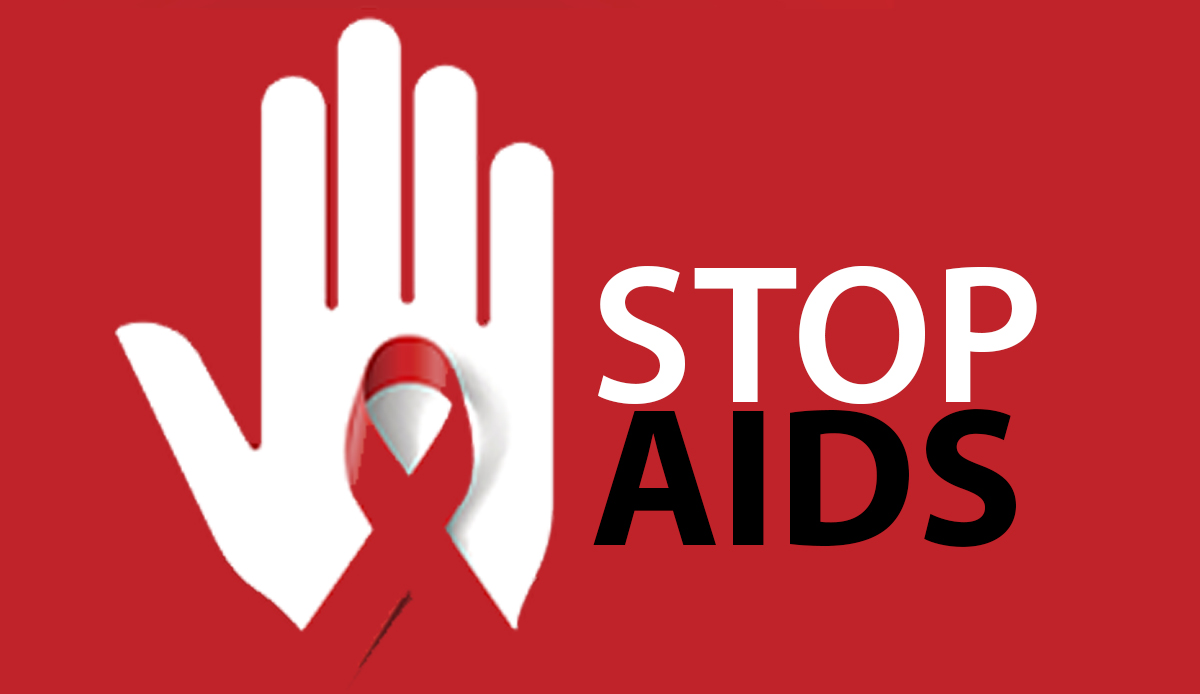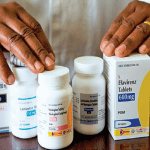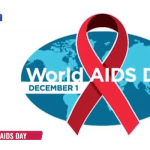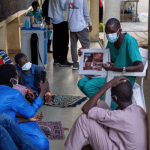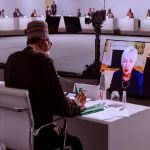The United States will concentrate its resources on 13 countries with high levels of HIV that have the best chance of controlling the AIDS epidemic under a strategy unveiled on Tuesday.
U.S. Secretary of State Rex Tillerson outlined the priorities of the President’s Emergency Plan for AIDS Relief or PEPFAR, a cornerstone of U.S. global health assistance, which supports HIV/AIDS treatment, testing and counseling for millions of people worldwide.
President Donald Trump’s administration requested the program be cut by $1 billion earlier this year but the Senate Appropriations Committee voted last week to keep funding largely unchanged at roughly $6 billion.
“The Trump Administration remains deeply committed to the global HIV/AIDS response and to demonstrating clear outcomes and impact for every U.S. dollar spent,” Tillerson said in the report.
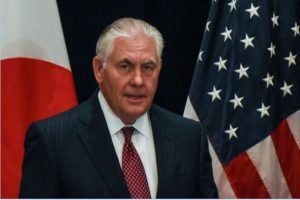
Those countries include Kenya, Zambia, United Republic of Tanzania, Uganda, Zimbabwe, Malawi, Lesotho, Ivory Coast, Botswana, Namibia, Swaziland, Haiti and Rwanda.
“We’ve really focused on accelerating in these countries that we can get over the finish line, together with communities and governments,” Ambassador Deborah Birx, the U.S. global AIDS coordinator, said in a telephone interview.
The work would be done in collaboration with the Global Fund to Fight AIDS, Tuberculosis and Malaria, UNAIDS, and others.
Five of the target countries – Lesotho, Swaziland, Malawi, Zambia and Zimbabwe – are already nearing control of their HIV epidemics, based on national surveys from the Centers for Disease Control and Prevention, Columbia University and local governmental and non-governmental partners.
Last May, Republicans balked at the Trump administration’s proposed $5 billion budget for PEPFAR, a $1 billion cut from the current budget of $6 billion.
The Bill and Melinda Gates Foundation last week warned that even modest cuts in HIV/AIDS funding could reverse dramatic gains in curbing the global AIDS epidemic. In the past five or six years, presidents have proposed PEPFAR cuts and Congress, which controls the budget, has restored the funding, Birx said.

